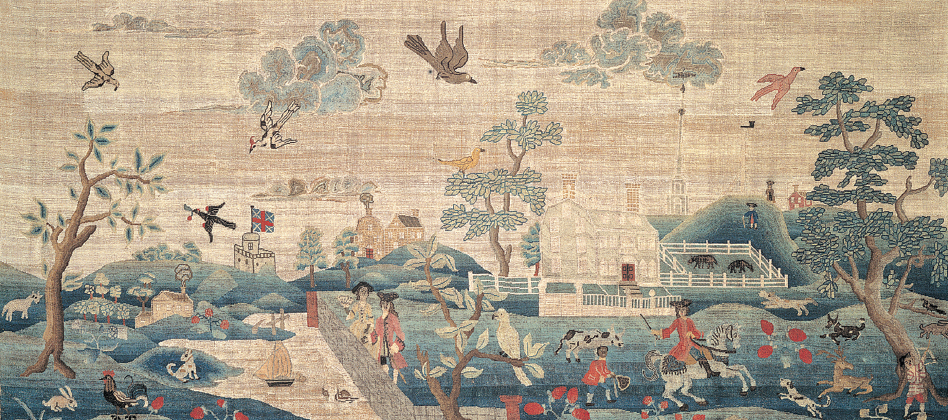What changed in New England life and culture?
Printed Page 114

KEY FACTORS
In 1770
- – New England’s growth lagged behind that of other colonies.
- – Governments in New England stopped granting land to towns.
- – New England colonists had only one-fourth as much wealth per capita as free colonists in the South.
- – Fish accounted for more than a third of New England’s exports.
- – The richest 5 percent of Bostonians owned about half the city’s wealth.
- – The poorest two-thirds of Bostonians owned less than 10 percent of the city’s wealth.
- – New England’s population was 97 percent white.
THE NEW ENGLAND POPULATION grew sixfold during the eighteenth century but lagged behind the growth in the other colonies. Most immigrants chose other destinations because of New England’s relatively densely settled land and because Puritan orthodoxy made these colonies comparatively inhospitable to those of other faiths and those indifferent to religion. As the population grew, many settlers in search of farmland dispersed from towns, and Puritan communities lost much of their cohesion. Nonetheless, networks of economic exchange laced New Englanders to their neighbors, to Boston merchants, and to the broad currents of Atlantic commerce. In many ways, trade became a faith that competed strongly with the traditions of Puritanism.